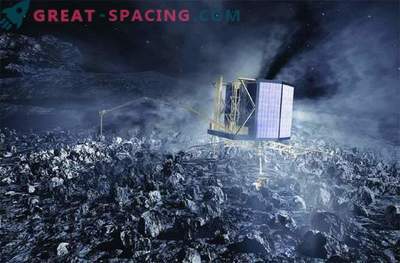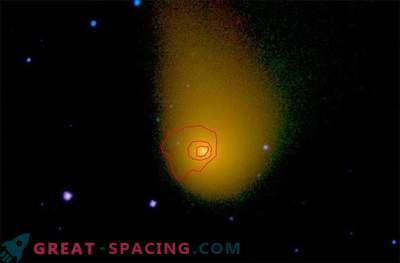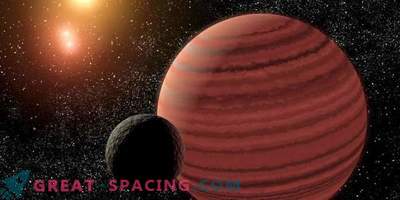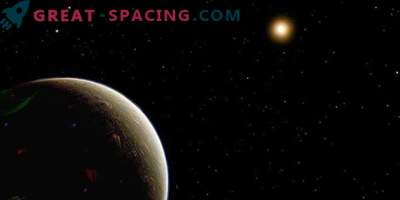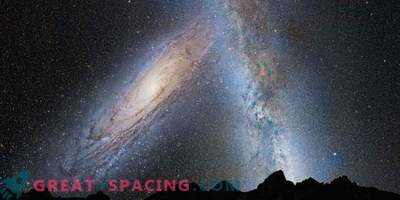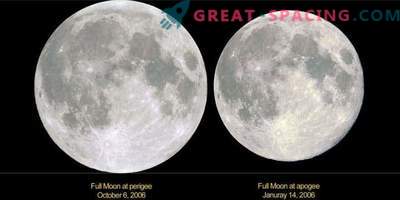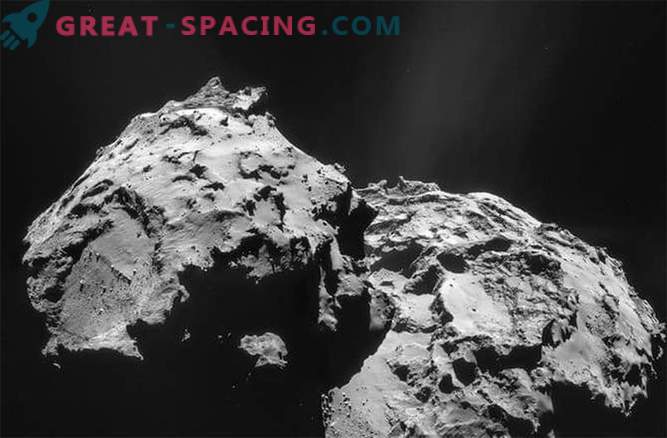
The first results of the ongoing European rosette cometary mission showed that the ice body supposedly formed as a remnant of the solar system is much more complex and diverse than scientists had expected.
The first batch of scientific works reveals the details of the comet 67P / Churyumov-Gerasimenko, which is approaching the Sun, accompanied by the spacecraft “Rosetta”, located in its orbit. After ten years of wandering, the “Rosetta” was located in the orbit of a comet and three months later, the first module was lowered onto its surface.
Until now, the most surprising finding is the analysis of cometary water, which shows the difference in its chemical composition from the water of the oceans of the Earth; This disputes the theory that the collapsed comets brought water to the ocean of the Earth and other planets in the solar system. This discovery was reported in December, in anticipation of the release of seven articles published in a scientific journal this week.
New studies show a wide range of emission of gases from the same proportions of a comet that looks like a duck. Information is important for understanding what processes the comet has undergone since its formation 4, 6 billion years ago and what processes it is undergoing now.
Scientists believe that a comet is a residual body that arose in the days of the formation of planets in the solar system. The main goal of the Rosetta mission is to learn more about the birth of the Solar System when studying a comet close by. The Rosetta project team hopes to formulate an exact rationale for the unusual shape of the comet; The first version was whether the comet 67P was originally two bodies merging together, forming such an unusual nucleus that it exists today. Another version involves the “duck neck” feature; perhaps the object was simpler in structure, symmetrical and “eaten up” for a long time, giving this shape.
“We do not yet know the answer to this question,” said astronomer Michael A `Hern of the University of Maryland in an interview with Discovery News.
“If we see significant differences between the comet's fragments — and this is not a periodic effect — then we can assume something about how the pieces of the comet move, how it was formed; as large components over 100 meters and small pieces come together and form a core. These are very opening questions at the moment. ” - said A `Hern.
The results of the first two months of the Rosetta study indicate that the comet weighs about 100 million times more than the International Space Station and has a volumetric mass like wood, cork or airgel, scientists say in a published review of new research. This will mean that the 67P core has a more porous, fluffy structure than previously predicted by computer models. A new study shows that the surface of the comet's body is covered with organic material, but very little is covered with ice. Scientists expected to see complex carbon-containing molecules like alcohols and carboxylic acids. Until now, however, scientists have seen a surface with a clear predominance of simple hydrocarbons, and the discovery may have prerequisites for understanding how carbon-containing molecules form and spread through the solar system, and this could be one of the reports on scientific works.
The cometary shell, which is formed from ice that has passed into gases (a process known as sublimation), varies greatly depending on the temperature fluctuations of the day / night and, possibly, seasonal changes. Most of the gas evaporates from the neck of the comet.
Scientists will closely observe how such degassing affects the direction of the comet toward the sun. The closest approach of the probe to the comet will be held on August 13, 2015.
The result of the research of the shuttle “Fila” has not yet been received.





